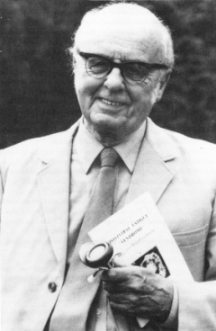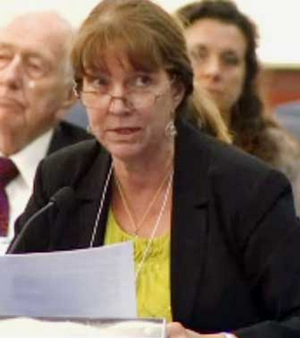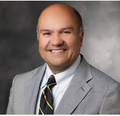Portal:History and People
MEpedia portals: Myalgic Encephalomyelitis · Nervous system · Cardiovascular system · Digestive system · Energy metabolism · Endocrine system · Immune system · Pathogens · History & People · Treatments
History and People
Myalgic encephalomyelitis (ME), a disease that occurs both sporadically and as cluster outbreaks, was first documented in Los Angeles in 1934. Since, there have been dozens of outbreaks recorded in the medical literature, most notably the 1948-49 Akureyri, Iceland outbreak, 1955 Royal Free Hospital Outbreak in London and the 1984 outbreak in Incline Village, Nevada. The disease's existence almost certainly predates 1934, and may have been unrecognized for centuries or misdiagnosed as hysteria, neurasthenia, and later, conversion disorder.
Myalgic encephalomyelitis was first known as atypical polio and later called "Icelandic disease" until it was officially named myalgic encephalomyelitis following the 1955 London outbreak. ME was first recognized as a neurological disease by the World Health Organization in 1969. Following the 1984 outbreak in Nevada, it was renamed and recharacterized by the Centers for Disease Control as "Chronic Fatigue Syndrome."
In 2015, the US Institute of Medicine, based on a review of several decades of research, created a new definition of the disease and proposed a new name: Systemic exertion intolerance disease. Patient advocacy and a renewed interest in the disease among clinicians and scientists have led many new research groups to join the field in recent years, prompting several new discoveries and promising treatments to be tested via clinical trials. (more...)
Doctor A. Melvin Ramsay was consultant physician in Infectious Diseases at the Royal Free Hospital in London, United Kingdom, where an outbreak of myalgic encephalomyelitis/chronic fatigue syndrome (ME/CFS) occurred in 1955. (more...)
Mary Dimmock worked in the pharmaceutical industry but later became a patient advocate after her son, Matthew Lazell-Fairman, became sick in 2010. In 2015, Mary published an extensively referenced advocacy paper with her son, documenting the history of the disease since the 1980s, "Thirty Years of Disdain: How HHS and A Group of Psychiatrists Buried Myalgic Encephalomyelitis." She has worked on and supported countless advocacy projects, collaborating with numerous individuals and organizations. (more...)
Jose Montoya is an Infectious disease doctor, and was previously Professor of Medicine (Infectious Diseases and Geographic Medicine) at Stanford University Medical Center. His special areas of clinical focus include: Chronic Fatigue Syndrome, Infectious Disease, Toxoplasmosis, Infection in the setting of solid organ transplantation, and Infection as a trigger of chronic diseases. (more...)
In the news
- AXA1125 clinical trial begins for Long COVID - Nov 2021
- Graded exercise therapy advised against in new England and Wales guidelines - Nov 2021
- Public health expert David Tuller reaches crowdfunding goal for another year's work, including ME/CFS and Long COVID - Oct 2021
- Graham McPhee, pwME and critic of the PACE trial passes away - Oct 2021
- Medical neglect and abuse page now on MEpedia
- New group Doctors with M.E. (DwME) launches website.
Walter Ian Lipkin, or W. Ian Lipkin, MD, is the John Snow Professor of Epidemiology at the Mailman School of Public Health at Columbia University and Professor of Neurology and Pathology at the College of Physicians and Surgeons at Columbia University. Lipkin is also Director of the Center for Infection and Immunity, an academic laboratory for microbe hunting in acute and chronic diseases. (more...)
Suggest • More Books & Film...
Did you know?
Categories
History
People
- Advocates or allies
- Attorneys
- Authors
- Centers for Disease Control and Prevention officials
- Clinicians
- Economists
- Journal editors
- Journalists
- Long COVID advocates or allies
- PACE trial critics
- PACE trial proponents
- Patient groups
- People with long COVID
- People with ME, CFS, and/or FMS
- Politicians
- Psychological paradigm critics
- Psychological paradigm proponents
- Researchers
Topics
Related portals
WikiProjects
Things to do
Wikimedia










